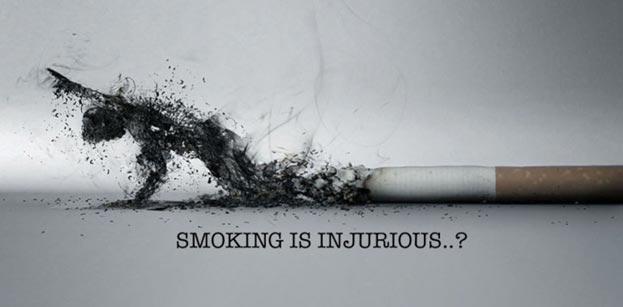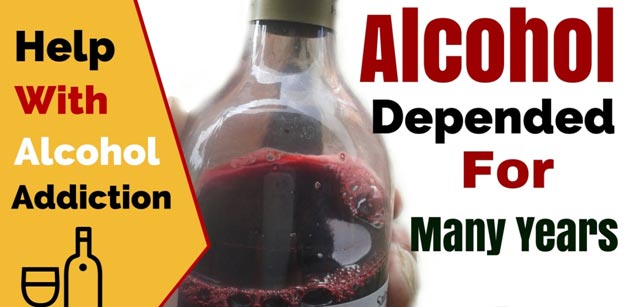Drug Addiction Treatment
Drug Addiction Treatment

Opioids: Methadone (Dolophine®, Methadose®), buprenorphine (Suboxone®, Subutex®, Probuphine®), and naltrexone (Vivitrol®) are used to treat opioid addiction. Acting on the same targets in the brain as heroin and morphine, methadone and buprenorphine suppress withdrawal symptoms and relieve cravings. Naltrexone blocks the effects of opioids at their receptor sites in the brain and should be used only in patients who have already been detoxified. All medications help patients reduce drug seeking and related criminal behavior and help them become more open to behavioral treatments.

Tobacco: Nicotine replacement therapies have several forms, including the patch, spray, gum, and lozenges. These products are available over the counter. The U.S. Food and Drug Administration (FDA) has approved two prescription medications for nicotine addiction: bupropion (Zyban®) and varenicline (Chantix®). They work differently in the brain, but both help prevent relapse in people trying to quit. The medications are more effective when combined with behavioral treatments, such as group and individual therapy as well as telephone quitlines.

Alcohol: Three medications have been FDA-approved for treating alcohol addiction and a fourth, topiramate, has shown promise in clinical trials (large-scale studies with people). The three approved medications are as follows:

Naltrexone blocks opioid receptors that are involved in the rewarding effects of drinking and in the craving for alcohol. It reduces relapse to heavy drinking and is highly effective in some patients. Genetic differences may affect how well the drug works in certain patients.
Acamprosate (Campral®) may reduce symptoms of long-lasting withdrawal, such as insomnia, anxiety, restlessness, and dysphoria (generally feeling unwell or unhappy). It may be more effective in patients with severe addiction.
Disulfiram (Antabuse®) interferes with the breakdown of alcohol. Acetaldehyde builds up in the body, leading to unpleasant reactions that include flushing (warmth and redness in the face), nausea, and irregular heartbeat if the patient drinks alcohol. Compliance (taking the drug as prescribed) can be a problem, but it may help patients who are highly motivated to quit drinking.

How are behavioral therapies used to treat drug addiction?
Behavioral therapies help patients:
- Modify their attitudes and behaviors related to drug use
- Increase healthy life skills
- Persist with other forms of treatment, such as medication
Patients can receive treatment in many different settings with various approaches.
Outpatient behavioral treatment includes a wide variety of programs for patients who visit a behavioral health counselor on a regular schedule. Most of the programs involve individual or group drug counseling, or both. These programs typically offer forms of behavioral therapy such as:
- Cognitive-behavioral therapy, which helps patients recognize, avoid, and cope with the situations in which they are most likely to use drugs.
- Multidimensional family therapy—developed for adolescents with drug abuse problems as well as their families—which addresses a range of influences on their drug abuse patterns and is designed to improve overall family functioning.
- Motivational interviewing, which makes the most of people's readiness to change their behavior and enter treatment.
- Mtivational incentives (contingency management), which uses positive reinforcement to encourage abstinence from drugs.
Treatment is sometimes intensive at first, where patients attend multiple outpatient sessions each week. After completing intensive treatment, patients transition to regular outpatient treatment, which meets less often and for fewer hours per week to help sustain their recovery.
Inpatient or residential treatment can also be very effective, especially for those with more severe problems (including co-occurring disorders). Licensed residential treatment facilities offer 24-hour structured and intensive care, including safe housing and medical attention. Residential treatment facilities may use a variety of therapeutic approaches, and they are generally aimed at helping the patient live a drug-free, crime-free lifestyle after treatment. Examples of residential treatment settings include:
- Therapeutic communities, which are highly structured programs in which patients remain at a residence, typically for 6 to 12 months. The entire community, including treatment staff and those in recovery, act as key agents of change, influencing the patient’s attitudes, understanding, and behaviors associated with drug use. Read more about therapeutic communities in the Therapeutic Communities Research Report at https://www.drugabuse.gov/publications/research-reports/therapeutic-communities.
- Shorter-term residential treatment, which typically focuses on detoxification as well as providing initial intensive counseling and preparation for treatment in a community-based setting.
- Recovery housing, which provides supervised, short-term housing for patients, often following other types of inpatient or residential treatment. Recovery housing can help people make the transition to an independent life—for example, helping them learn how to manage finances or seek employment, as well as connecting them to support services in the community.
Is treatment different for criminal justice populations?
Scientific research since the mid-1970s shows that drug abuse treatment can help many drug-using offenders change their attitudes, beliefs, and behaviors towards drug abuse; avoid relapse; and successfully remove themselves from a life of substance abuse and crime. Many of the principles of treating drug addiction are similar for people within the criminal justice system as for those in the general population. However, many offenders don’t have access to the types of services they need. Treatment that is of poor quality or is not well suited to the needs of offenders may not be effective at reducing drug use and criminal behavior.
In addition to the general principles of treatment, some considerations specific to offenders include the following:
- Treatment should include development of specific cognitive skills to help the offender adjust attitudes and beliefs that lead to drug abuse and crime, such as feeling entitled to have things one’s own way or not understanding the consequences of one’s behavior. This includes skills related to thinking, understanding, learning, and remembering.
- Treatment planning should include tailored services within the correctional facility as well as transition to community-based treatment after release.
- Ongoing coordination between treatment providers and courts or parole and probation officers is important in addressing the complex needs of offenders re-entering society.
Drug abuse changes the function of the brain, and many things can "trigger" drug cravings within the brain. It’s critical for those in treatment, especially those treated at an inpatient facility or prison, to learn how to recognize, avoid, and cope with triggers they are likely to be exposed to after treatment.
How many people get treatment for drug addiction?
According to SAMHSA's National Survey on Drug Use and Health, 22.5 million people (8.5 percent of the U.S. population) aged 12 or older needed treatment for an illicit* drug or alcohol use problem in 2014. Only 4.2 million (18.5 percent of those who needed treatment) received any substance use treatment in the same year. Of these, about 2.6 million people received treatment at specialty treatment programs (CBHSQ, 2015).
*The term "illicit" refers to the use of illegal drugs, including marijuana according to federal law, and misuse of prescription medications.
Points to Remember
- Drug addiction can be treated, but it’s not simple. Addiction treatment must help the person do the following:
- stop using drugs
- stay drug-free
- be productive in the family, at work, and in society
- Successful treatment has several steps:
- detoxification
- behavioral counseling
- medication (for opioid, tobacco, or alcohol addiction)
- evaluation and treatment for co-occurring mental health issues such as depression and anxiety
- long-term follow-up to prevent relapse
- Medications can be used to manage withdrawal symptoms, prevent relapse, and treat co-occurring conditions.
Behavioral therapies help patients:
Modify their attitudes and behaviors related to drug use
- increase healthy life skills
- persist with other forms of treatment, such as medication
- People within the criminal justice system may need additional treatment services to treat drug use disorders effectively. However, many offenders don’t have access to the types of services they need.